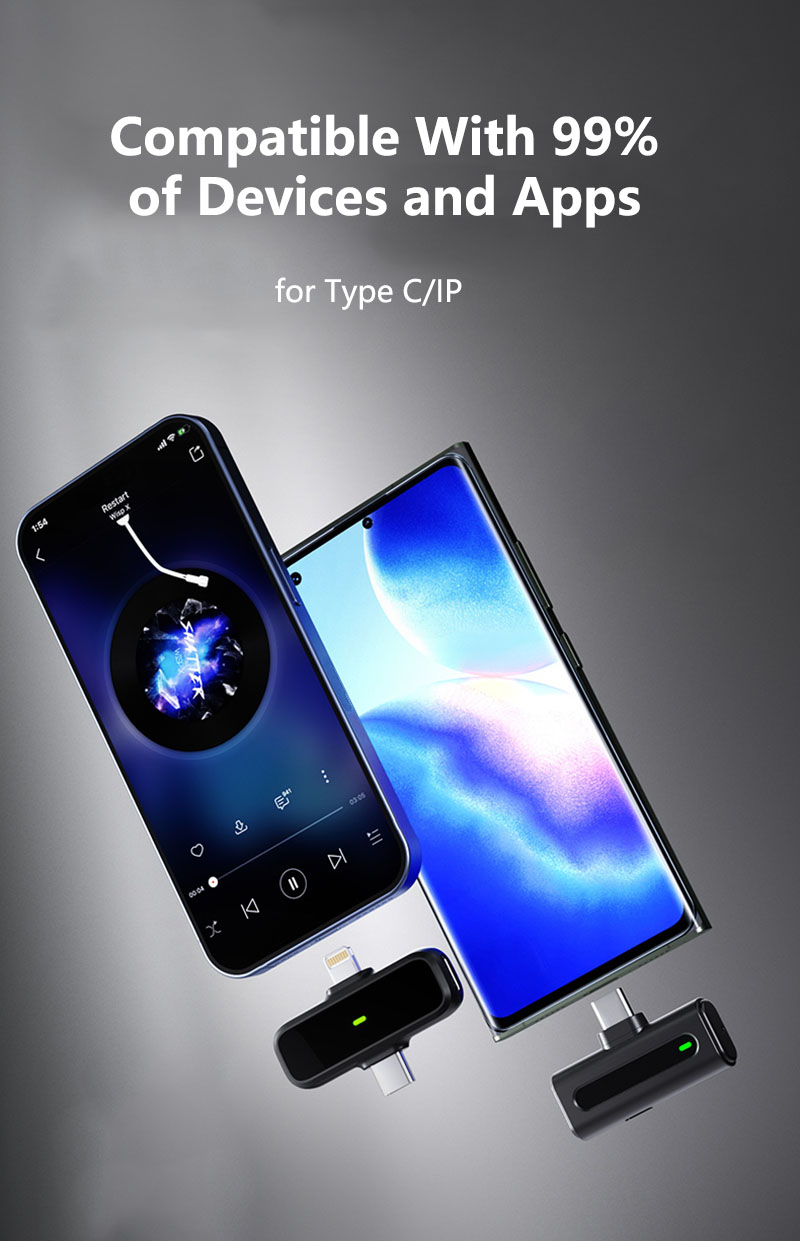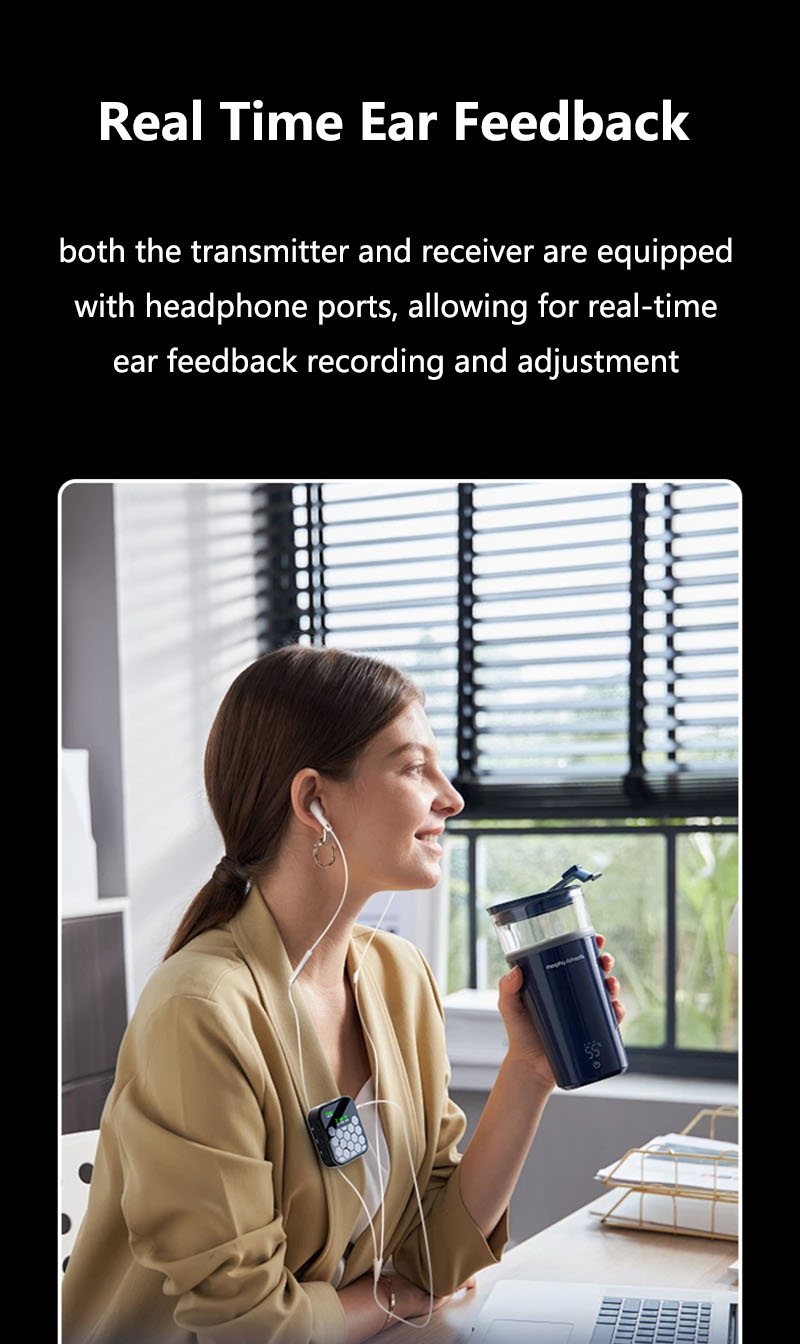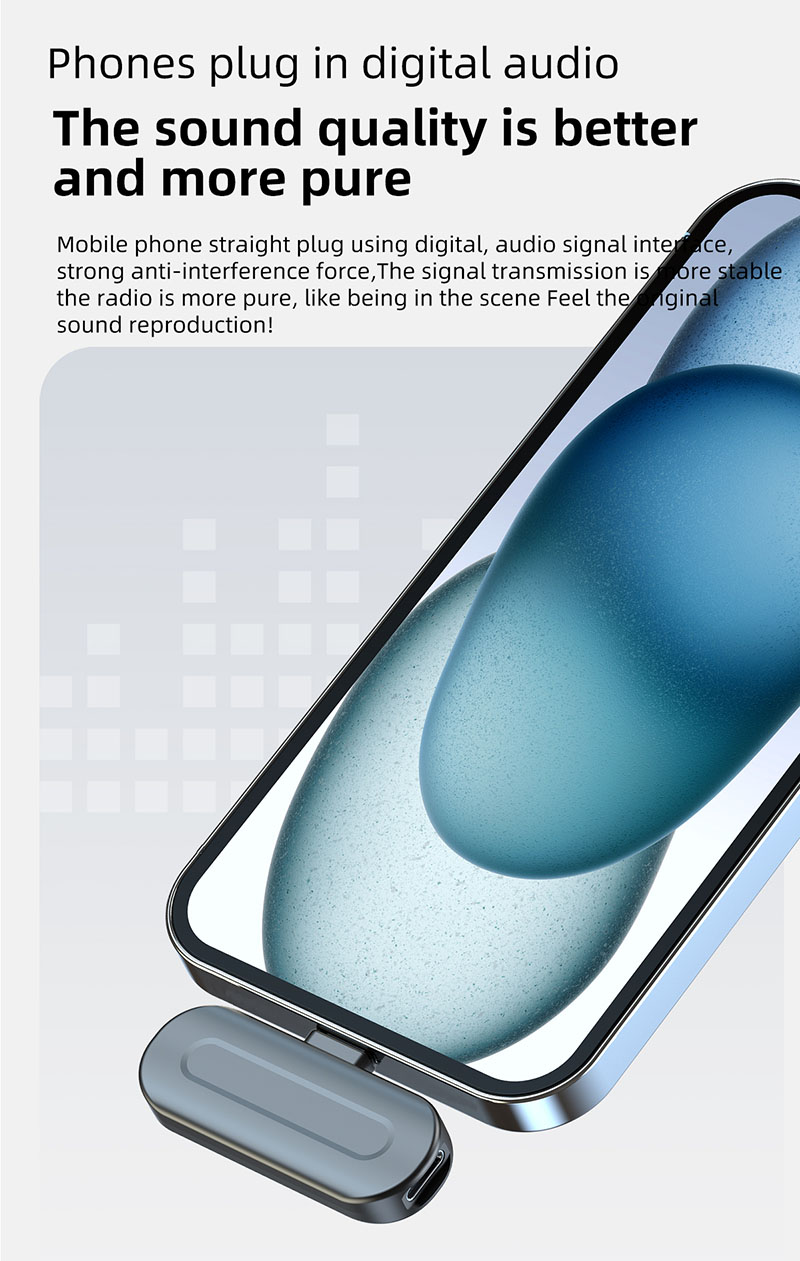How To Use Wireless Microphone
How To Use Wireless Microphone
How To Use Wireless Microphone

Using a wireless microphone involves several steps to ensure proper setup and operation. Here’s a general guide:
1. Unbox and Inspect
- CNBEWIN Microphone: The main microphone unit.
- Receiver: The unit that receives the signal from the microphone.
- Cables: Typically includes XLR or 1/4-inch cables for connecting the receiver to a sound system.
- Power Adapters: For powering the receiver and possibly the microphone.
- Antennas: Attach these to the receiver if they are not already installed.
2. Power On
- Receiver: Plug the receiver into a power source using the provided adapter. Turn it on.
- Microphone: Insert batteries into the microphone if it’s battery-powered. Turn it on.
3. Connect the Receiver to the Sound System
- Use the appropriate cable (XLR, 1/4-inch, etc.) to connect the receiver’s output to the input of your mixer, amplifier, or PA system.
- Ensure the connection is secure.
4. Pair the Microphone with the Receiver
- Most wireless microphones and receivers come pre-paired from the factory. If not, follow the manufacturer’s instructions to pair them.
- This usually involves setting both devices to the same frequency or channel.
5. Test the Microphone
- Speak into the microphone and check if the sound is coming through the sound system.
- Adjust the gain or volume on the receiver and the sound system to avoid distortion and ensure clarity.
6. Adjust Settings
- Frequency/Channel: If you experience interference, change the frequency or channel on both the microphone and receiver.
- Gain/Volume: Adjust the gain on the receiver and the volume on the sound system to achieve the desired sound level without feedback or distortion.
7. Positioning
- Microphone: Hold or position the microphone correctly. For handheld mics, speak directly into the top. For lavalier mics, clip them to your clothing, about 6-8 inches from your mouth.
- Receiver: Place the receiver within a reasonable range of the microphone, ensuring there are minimal obstructions.
8. Monitor and Adjust
- Continuously monitor the sound quality during use.
- Be prepared to make adjustments to the microphone’s position, receiver settings, or sound system settings as needed.
9. Power Down
- After use, turn off the microphone and receiver.
- Remove batteries from the microphone if it won’t be used for an extended period to prevent corrosion.
Tips for Optimal Performance:
- Line of Sight: Keep the microphone and receiver in line of sight to avoid signal dropouts.
- Interference: Avoid using the microphone near other wireless devices or strong RF sources.
- Battery Life: Always have spare batteries on hand for the microphone.
Troubleshooting:
- No Sound: Check connections, ensure both units are on, and confirm they are on the same frequency.
- Interference: Change the frequency or channel, and ensure no other devices are causing interference.
- Distortion: Lower the gain on the receiver or the volume on the sound system.
By following these steps, you should be able to effectively use a wireless microphone for various applications, from public speaking to performances.




